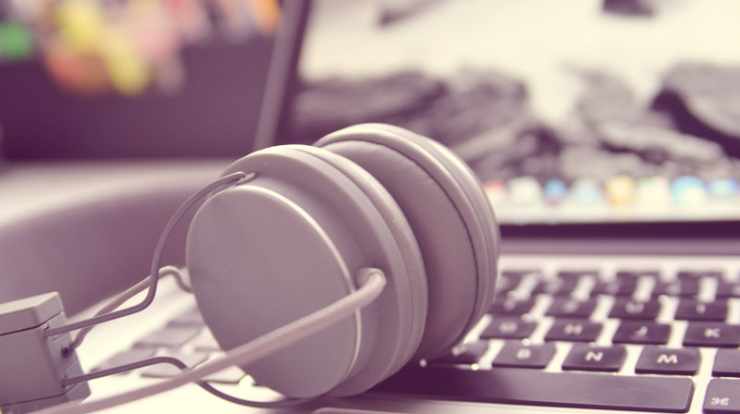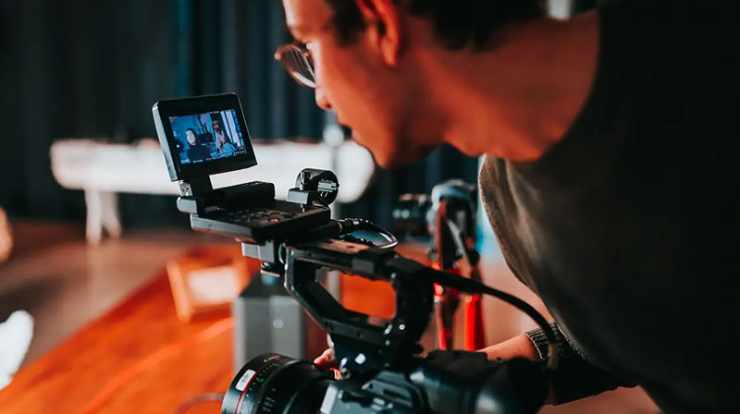
Are you trying to produce the next hit podcast or audiobook? If you want to gain listeners, you need to have good audio quality. If your content sounds terrible, it doesn’t matter how good your ideas are, as people won’t stick around to hear it.
If you want to produce audio at a competitive level, you need to know how to do good audio edits. So, which aspects of audio editing do you need to know about? This article lists seven key things about audio editing that need to know.
Table of Contents
1. Record It Right
One of the golden rules of audio editing is to record your audio correctly, to begin with. There’s only soo much an audio editor can do if you haven’t recorded your audio correctly. For example, you need to use a good-quality microphone that’s well suited to the audio you’re trying to capture.
You also need to make sure you set the gain levels correctly. If you have the gain set too low, there will be a lot of noise in your audio. If you have it too high, the sound may clip, causing distortion.
2. Use Dynamic Range Compression
If you find yourself needing to turn the volume up and down throughout your audio to hear things correctly, you might need dynamic range compression. A compressor essentially squashes your audio signal, so the quiet parts are louder.
This allows you to get a more consistent sound. There’s quite a learning curve to using compression, so check out some online tutorials if you want to do it properly.
3. Use a De-Esser
A big problem when recording the human voice is sibilance. These are syllables with the “s” sound. When recorded, these syllables can sound very harsh and unpleasant.
One way to avoid this nuisance is to use a pop filter on the microphone when you record. If this ends up not being enough, you can use a program called a de-esser.
This is a program that detects the harsh frequencies caused by sibilance and removes them. The downside is that it can sometimes remove an excessive amount of the frequencies, so it’s best to use a good-quality pop filter to avoid needing to use one.
4. Use a Noise Gate
Dealing with noise is quite a common problem. This could be outdoor traffic noise, or there could be buzz and interference coming through your audio setup.
A noise gate is a great way to tune out this background noise in your recordings. A noise gate only lets sound above a certain volume through. If there’s a sound that doesn’t reach the threshold, it mutes the track.
This allows you to eliminate a lot of background noise if you set the gate up correctly.
5. Don’t Go Overboard
When using things like compressors, de-essers, and gates, you can easily ruin your audio if you go overboard. For example, if you set up a gate too aggressively, it might mute some of the audio you actually want to hear.
With de-essers and compressors, it’s also very easy to go too far. The trouble with editing audio is that the human brain quickly adapts to how a recording sounds. After a while of listening to an over-compressed sound, your brain starts to compensate for it, and it sounds normal.
The thing is, if you take a break for a while, you’ll come back and realize that your audio sounds terrible. If you want to have a natural-sounding recording, you really can’t overdo it on these apps. When it comes to using these kinds of effects – less is more.
6. Trim Dead Air
A few seconds of dead air in something like a podcast feels like an eternity. It’s worth it to go through all of your audio and trimming out all of the long pauses that you find.
There’s a certain art to doing this because if you cut too much out, it will sound abrupt and unnatural. This can also be a very time-consuming task. When editing audio, it makes sense to learn all of the keyboard shortcuts in your editing software. This can help to speed up the process as much as possible.
7. Hire a Pro
Editing audio is a lot more complex than you might think. One of the big problems that many amateur editors have is that they don’t have a good playback system.
If you try to edit audio on commercial speakers, you’re listening to a “hyped” representation of the sound. This is because those speakers are designed to sound good, not to represent sound accurately. With that kind of setup, you’ll never be able to hear precisely enough to dial in a compressor or de-esser properly.
Instead of worrying about things like getting an accurate sound and learning how various apps work, it may make a lot more sense to simply hire an audio editor.
Chances are, you’re probably more interested in putting out content than messing around with audio software. Hiring an audio editor is a fast way to get improved audio, allowing you to focus on making quality content for people to enjoy.
The Right Audio Edits Can Make a Huge Difference
If you’re creating audio-based content, there’s nothing that will make listeners switch off faster than having horrible sound. Making audio edits is essential if you want to stand out from the competition.
Learning how to do effective audio edits is quite a time-consuming process, so if you just want to get quality content out there, it might make sense to work with a professional rather than trying to do it all by yourself.
With that said, you’ll at least need to have good quality recording equipment, and you’ll need to know how to properly set it up to record. If you mess things up badly enough in the recording stage, even a pro audio editor won’t be able to help you.
If you want to learn more about other content production-related topics, we might have some other blog posts that will interest you.





